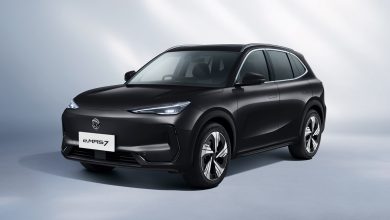The C+pod Is Toyota’s Latest RWD Two Seater EV
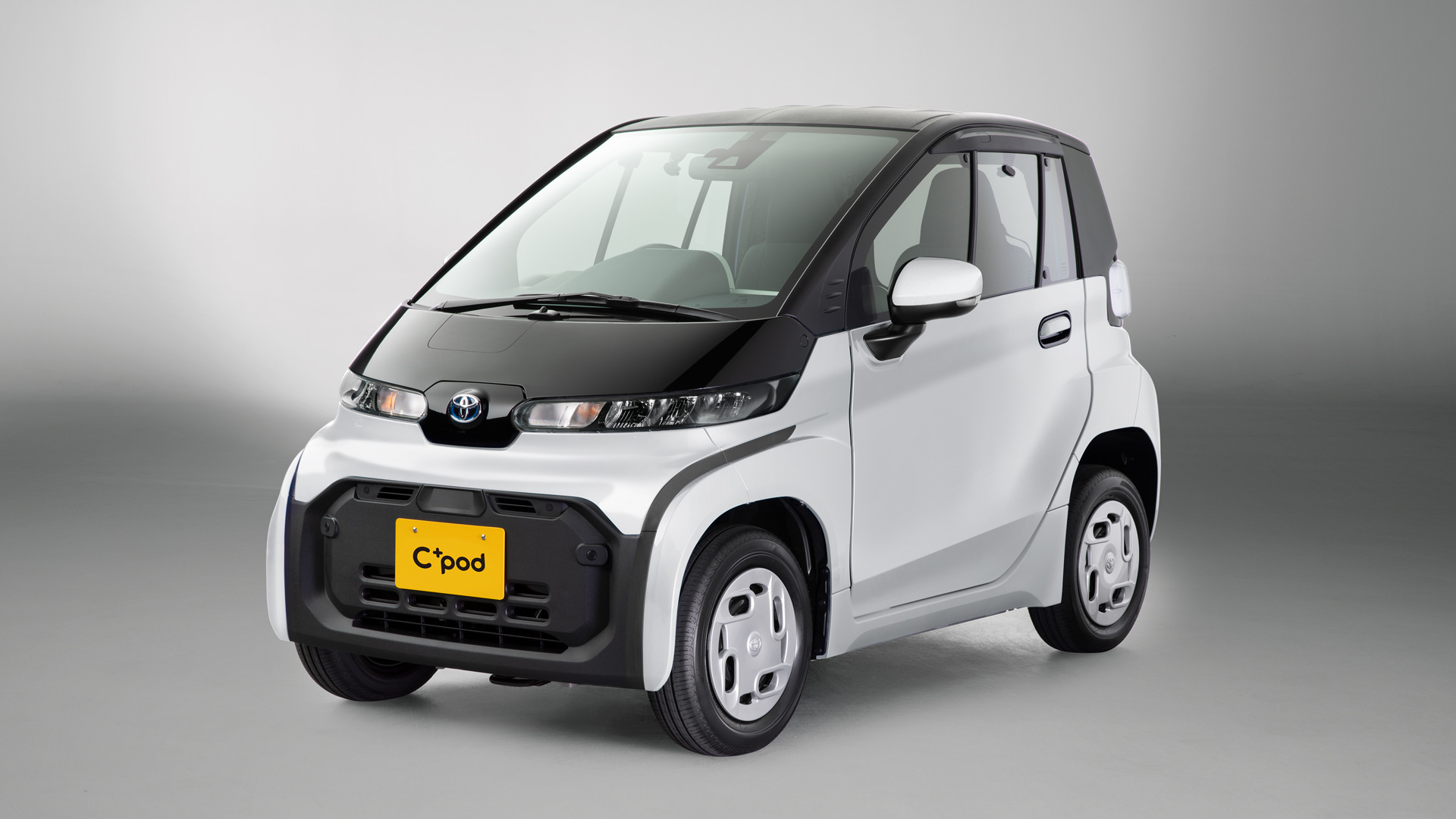
It ain’t no electrified MR2 that’s for sure, but the Toyota C+pod is a rather interesting city-bound EV in itself.
If I told you Toyota has recently developed a compact, mid-rear engined, rear-wheel drive, two seat JDM electric car which only starts at ¥1,650,000 (RM 65,000), many car enthusiasts would now already be clambering for their cheque books by the time they manage to get to these exact words here. To those however who are expecting an electrified MR2 will perhaps be rather disappointed, as what the Japanese auto giant has come up instead is this — the Toyota C+pod.

Launched on Christmas day, the C+pod is part of Toyota’s wider, and way weirder, efforts to expand its e-mobility lineup. Designated as a ultra-compact mobility mini vehicle by the Japanese government (instead of a full-on electric car), this quirky little ‘mobility option’ from the second largest automaker in the world has been designed for ‘short-distance daily use’, as well as ‘corporate users visiting customers on a regular basis, and at users in urban or mountainous communities needing safe, unrestricted, and environmentally-friendly transportation options’.
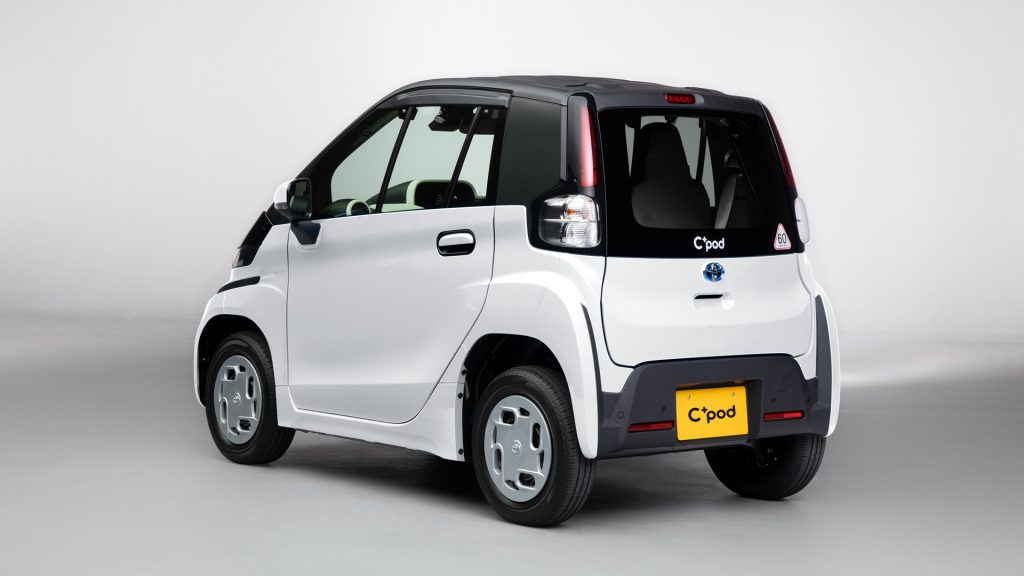
More of an enclosed quadricycle than a car in its own right, it does therefore stand to reason that the specs of this C+pod is nothing to write home about.
Starting with its performance specs first, although it is indeed rear wheel drive, features independent suspension and comes in at less 700 kg, the sole electric motor, with a maximum power and torque output of 9.2 kW and 52 Nm respectively, will not be setting alight the heart of any automotive enthusiast any time soon. In fact, with such a weedy amount of power, this particular Toyota has only a top speed of 60 km/h.
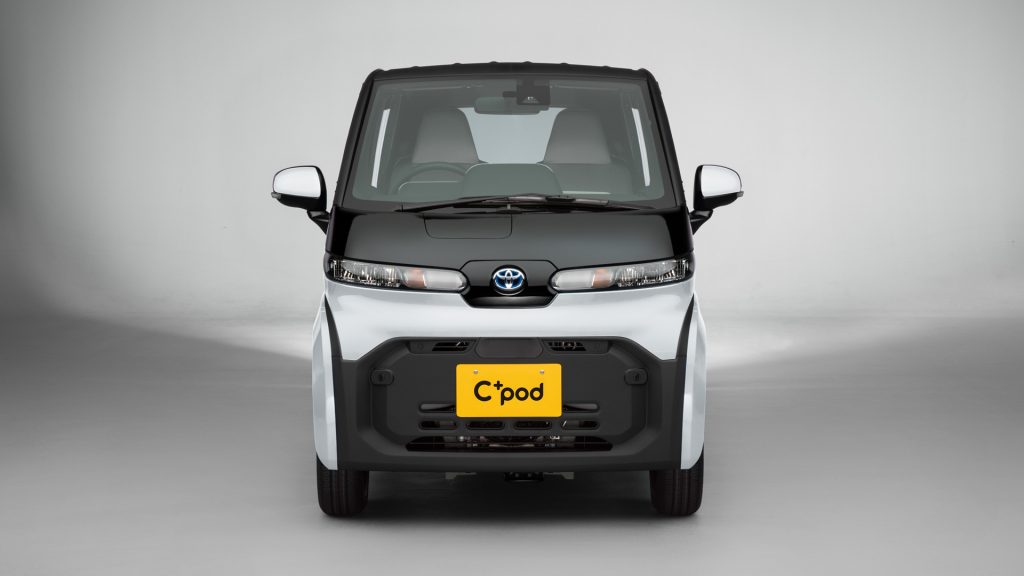
Moreover, it is not as if Toyota is trading performance for range, as the C+pod manages only an average 150 km of all-electric driving before its 9 kWh lithium-ion battery pack goes flat. More to the point, this figure is generated from the WLTC class-1 test cycle, which doesn’t include any highway driving. Not that this glorified quadricycle can manage any highway driving in the first place of course.
Additionally, while other EVs have progressed to super-ultra-rapid fast charging with voltages in the many hundreds, this particular Toyota only charges at a maximum of 200 V and 16 A. Meaning that it will take approximately 5 hours to fully charge the C+pod, with it taking up to 16 hours when using a conventional home socket that is typically rated at only 100 V and 6 A.

Having said all that about this latest BEV from Toyota, with it not being able to make it anywhere near a highway and looking like a supermini that has been compressed widthways, the C+pod however does makes quite a good case for itself as the inner-city runabout it was actually designed to be.
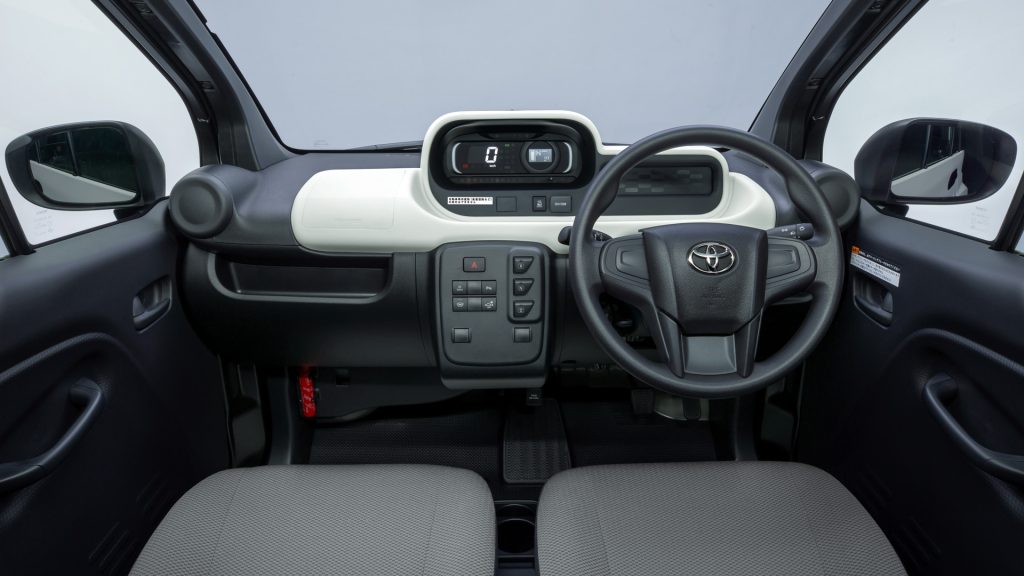
For starters, its diminutive size and narrowness (at just 1,290 mm in width) will undoubtably make it a breeze to drive in the narrow streets of the typical Japanese cities and towns. Add to the its impressive turning circle of just 3.9 m, manoeuvrability will almost never be an issue when driving the C+pod.

Despite supposedly being cheap and cheerful city-runabout too, there is actually quite a lot of kit included within the narrow cabin of this Toyota. For instance, heated seats and air conditioning that are featured on the C+pod are pleasant niceties that are unexpectedly standard in such a car.

Furthermore, the C+pod features as standard Toyota’s Pre-collision Safety System, which is capable of detecting vehicles, cyclists and even pedestrians. There is also an Intelligent Clearance Sonar with Parking Support Brakes, which supposedly prevents collisions with walls and other obstacles during low-speed operation.

Other cool features that are worth a mention on the C+pod is the external power supply system of up to 1,500 W capacity. Capable of supplying electrical appliances with power for up to 10 hours, from either the standard accessory power outlet in the cabin or the optional vehicle power connector that is plugged into the standard charging inlet, this handy feature will most likely be of vital importance at some point or another, especially in a country that is prone to natural disasters.

Going back to the design, the C+pod may look like a Toyota iQ that has been squeezed through a tight gap, but it is not that offensive to look at. Credit where it is due too to Toyota, as it has also put in some effort to jazz this cheap EV up somewhat with LED headlights and tail lights, as well as multi-coloured plastic body panels.
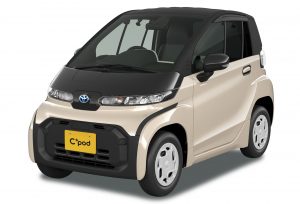
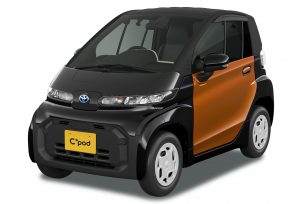
More importantly though, especially when considering the practicality side of things with this city-car, with 2-seat side-by-side, an enclosed roof and a pretty reasonably sized boot means that the C+pod is actually much better option than the Renault Twizy, which is technically its main rival.

Comparing it to the Twizy, the more sensible C+pod starts to really look like a really good electric city-only car. While many would immediately have dismissed this particular Toyota on the grounds of needing a city car that might also be able to do a bit of country (and presumably highways too), the fact that there have already been 31,000 of these flamboyant yet impractical Renaults sold means that there is a market for a cheap inner-city runabout.
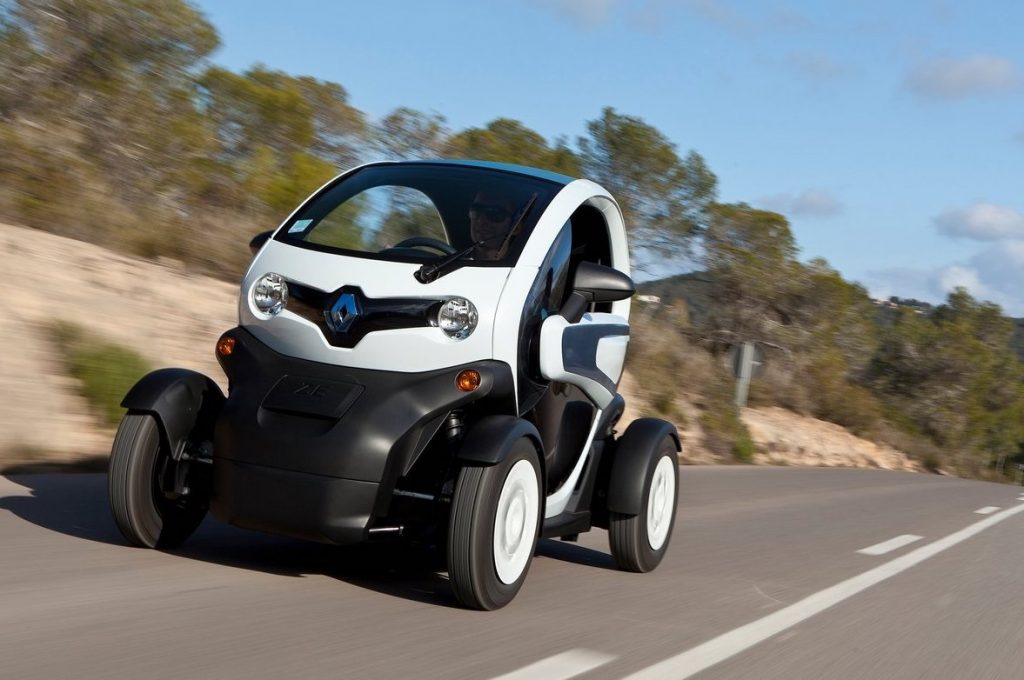
Thinking about it, it will probably make for a good inner-city car-sharing type offering in the larger cities locally. Or more specifically perhaps, a good market runabout car for many an affluent and eco-conscious Malaysian retiree.

Sadly however, that dream may not be a reality for quite a few years to come. That is because Toyota is currently only distributing the C+pod to ‘corporate users, local governments and other organizations that have been exploring new options to drive the popularization of BEVs’. Regular Joes like us meanwhile will have to wait till 2022 before one of these cheap electrified city cars to be commercially available for sale.

PRESS RELEASE: Toyota Motor Corporation (Toyota) announced today a limited launch of the “C+pod” ultra-compact battery electric vehicle (BEV), from December 25, to corporate users, local governments and other organizations that have been exploring new options to drive the popularization of BEVs. Toyota plans to further promote the establishment of systems for popularizing BEVs, including development of new business models, and to conduct a full-scale launch including to individual customers by 2022. Today’s launch will also demonstrate new services that can only be provided by BEVs.
The new C+pod is an environmentally-friendly two-seater BEV designed as a mobility option that improves per-person energy efficiency. In addition to short-distance daily use, the C+pod is also aimed at corporate users visiting customers on a regular basis, and at users in urban or mountainous communities needing safe, unrestricted, and environmentally-friendly transportation options.
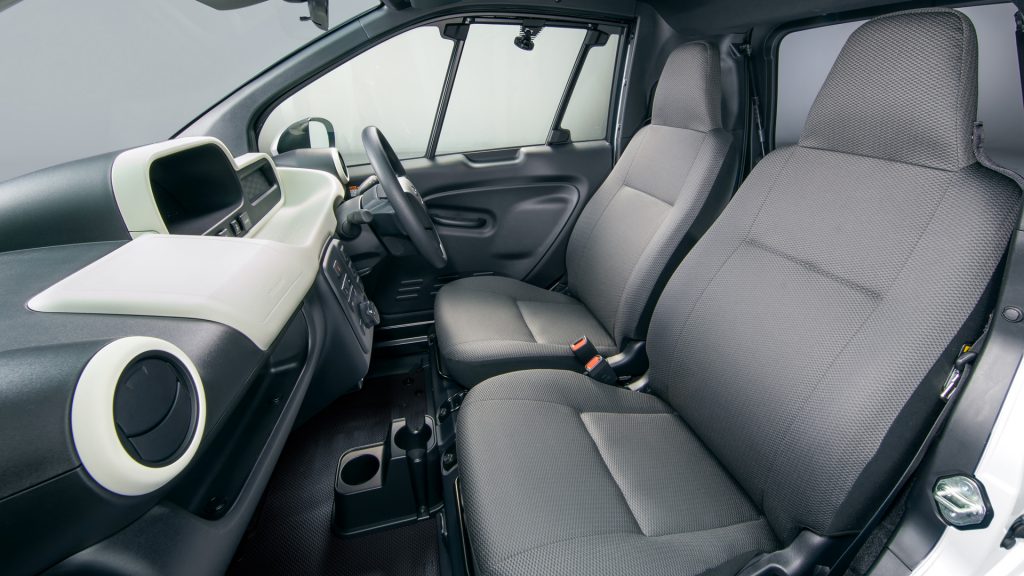
To drive further popularization of BEVs, Toyota is expanding its product lineup and forming open collaborations as it works to build new business models. In Japan, it is focusing initially on the C+pod, Walking Area BEVs, and Toyota i-Road, with more than 200 corporate and local government partners currently involved in exploring new transportation models.
As one of these collaborative efforts, today’s launch of the C+pod will also demonstrate new services specific to BEVs. One of those services is Toyota Green Charge, a joint project developed with Chubu Electric Power Miraiz Co., Inc. to offer a single point of contact for corporations seeking support when constructing optimal charging facilities or developing electricity plans for BEVs, such as CO2-free power. The service will be jointly implemented in collaboration with Chubu Electric Power Miraiz, Kansai Electric Power Co., Inc., and TEPCO Energy Partner, Inc. Other services in planning include the Electric-vehicle sharing service that combines tourist information with the “Toyota Share” car-sharing service to promote sightseeing and excursions.
Production Plant
Motomachi Plant, Toyota Motor Corporation
Manufacturer’s Suggested Retail Prices
| Grade | Engine | Battery | Driveline | Price*
(Japanese yen) |
| X | 1RM
(Permanent magnet electric motor) |
Lithium-ion battery | Rear-wheel drive | 1,650,000 |
| G | 1,716,000 |
Vehicle Outline
- Freedom of movement in many different situations
- With a compact body measuring 2,490 x 1,290 x 1,550 mm (length x width x height), and a minimum turning radius of 3.9 m, the C+pod comfortably navigates sharp corners on narrow roads, minimizes steering wheel operation when parking, and provides excellent maneuverability in everyday driving.
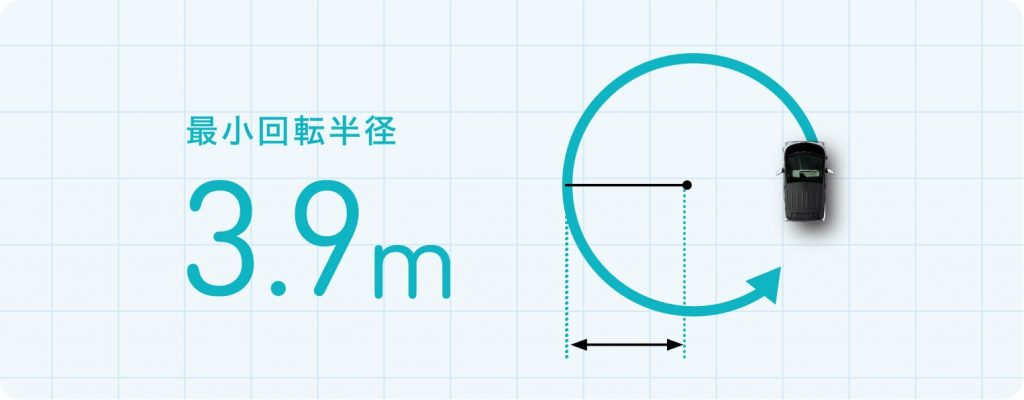
- The under-floor location of the lithium-ion battery in front of the seat creates a flat, low-floor package that minimizes steps.
- The motor is positioned in the rear of the vehicle, while the combination of a rigid, lightweight body and independent suspension system, that absorbs irregularities in the road surface, achieves high-quality riding comfort and brisk yet stable driving performance.
- The C+pod comes with a cruising range of up to 150 km (WLTC mode, Class 1 test cycle when running on battery power; Japanese Ministry of Land, Infrastructure, Transport and Tourism), which provides peace of mind for daily use.
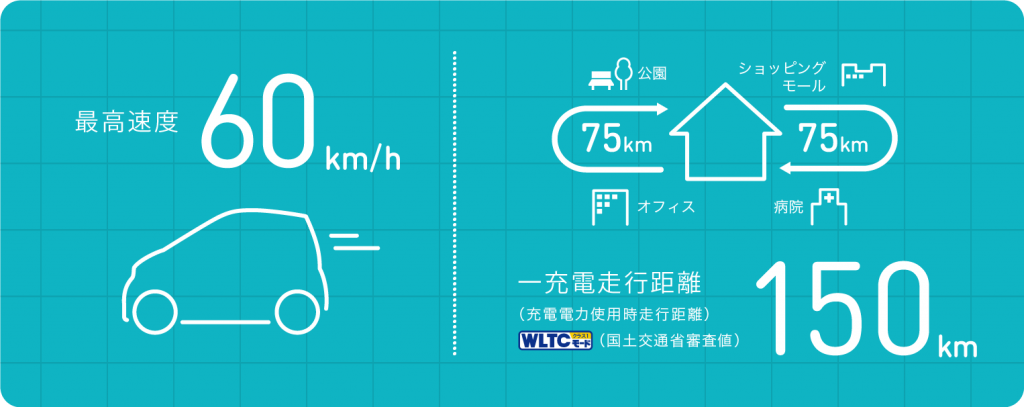
- Convenience of BEVs
- The C+pod supports standard charging, which makes charging easy whether at home or outside of the home. The supplied charging cable (100/200 VAC) connects directly to power outlets for charging. With membership of the BEV/PHEV recharging service, the vehicle can be charged outside of the home at Toyota dealers with G-Station chargers (approximately 4,200 charging stations) and at any standard charging spot across Japan (approximately 10,800 charging stations).
- The C+pod includes an external power supply system of up to 1,500 W (100 VAC) as standard for use during power outages and natural disasters. In addition to use through the accessory power outlet near the passenger’s feet, the optional vehicle power connector can be plugged into the standard charging inlet at the front of the vehicle for use as an external power supply socket, which can supply power for up to about 10 hours.
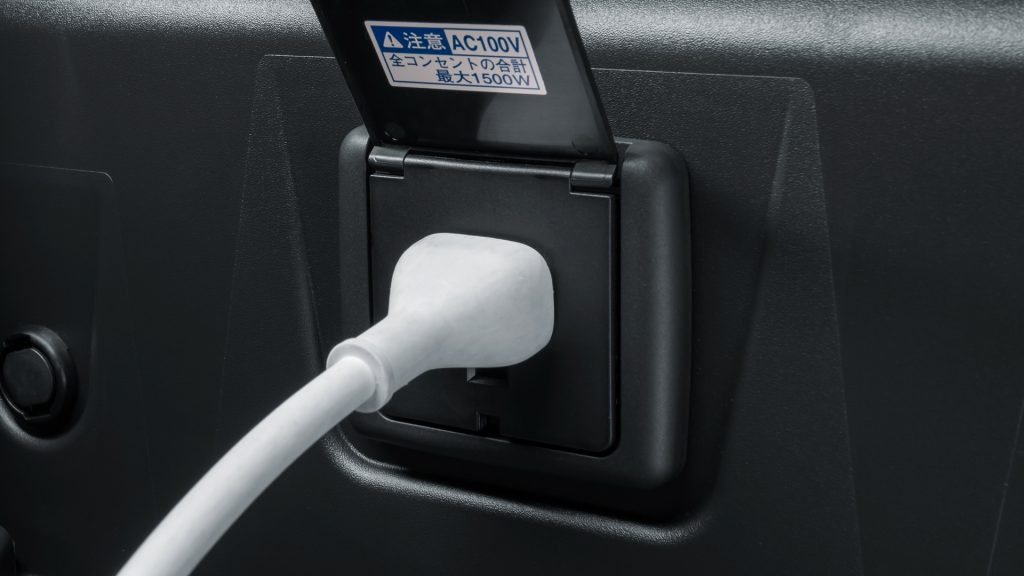
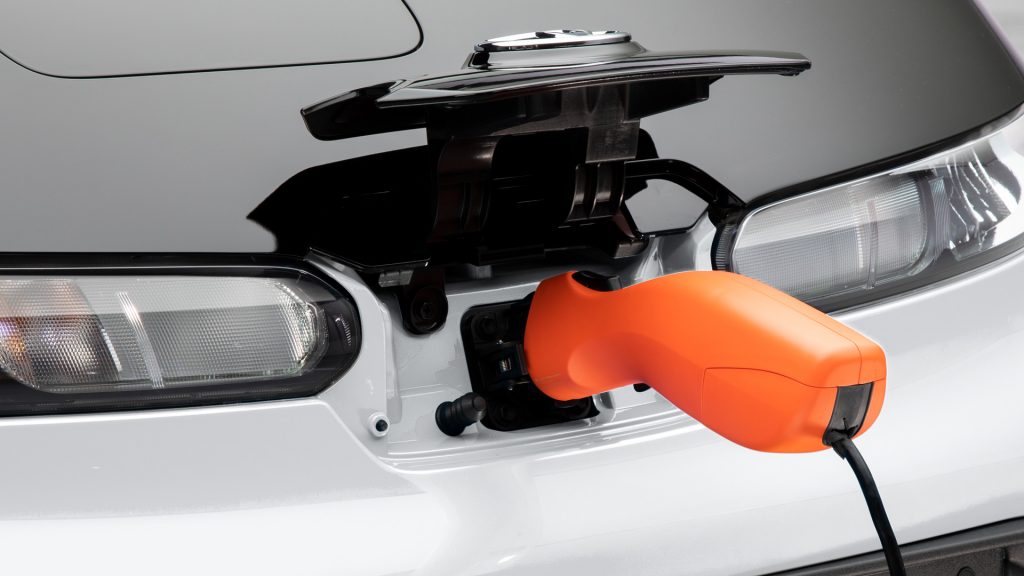
- Modern, friendly and simple design
- The C+pod comes with a fully blacked-out cabin, incorporating LED headlights and LED rear combination taillights to create a distinctive picture of concentrated features and unique BEV design. With the charging inlet/power supply outlet located between the headlights, easy daily use was a particular focus.
- Exterior panels are made of plastic to help reduce weight. Paired with the black of the cabin, five different two-tone body color schemes are available, including with a vivid Cyan Metallic and an active, deep Orange Metallic. There are also three different three-tone color options available that combine blacked-out body with the black cabin.
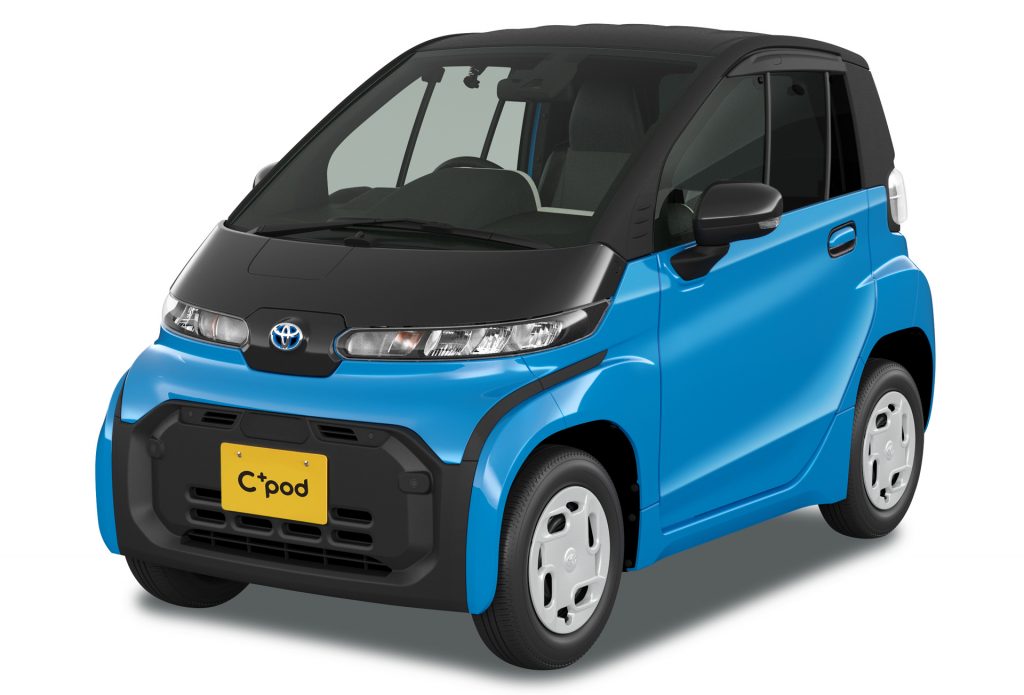
- With an interior cabin width of 1,100 mm, the interior provides a simple space for two adults to sit side-by-side. Positioned above a white center tray, the instrument panel features meters and other functional equipment. The contrast with the black tones of the interior creates a feeling of size that exceeds its actual dimensions. Switches are also consolidated in the center panel to achieve people-friendly operability.
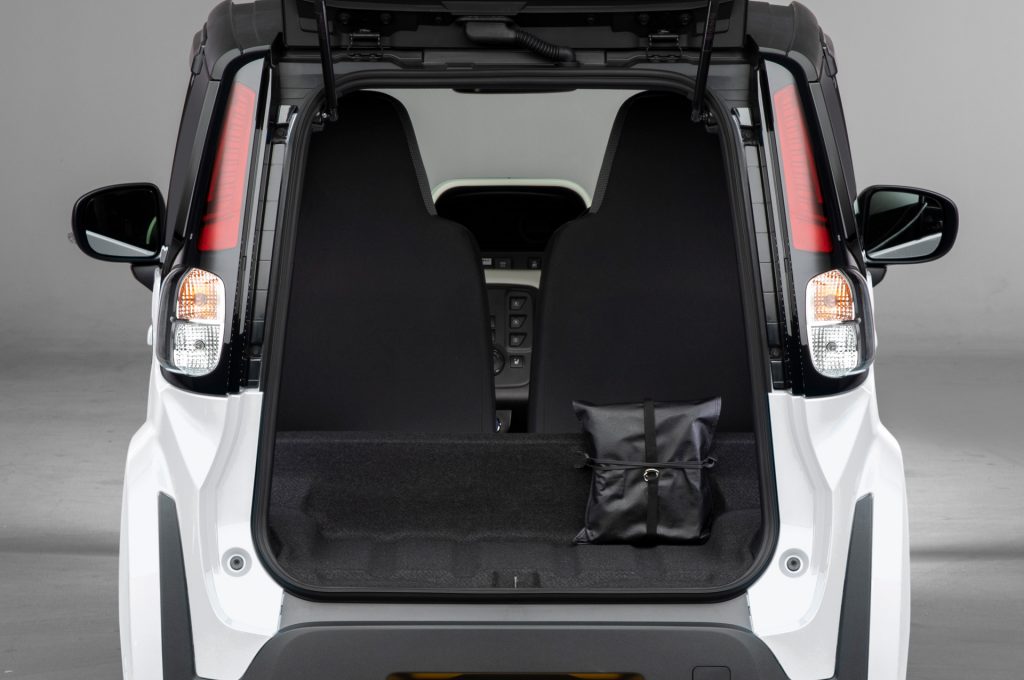
- Safety equipment
- Equipped with new safety features for ultra-compact mobility, in compliance with standards of a minivehicle. Uses a structure that efficiently disperses and absorbs impact energy across multiple components, and ensures safety in the event of frontal, side or rear impacts. Mitigates any impact on pedestrians in a collision with a vehicle body structure that reduces pedestrian injury.
- A Pre-collision Safety System is included as standard to detect other vehicles (day and night), pedestrians (day and night), and cyclists (day). An Intelligent Clearance Sonar with Parking Support Brakes (Stationary Objects) is also included to help avoid collisions, or mitigate damage, with walls and other obstacles during low-speed operation. Altogether, the vehicle has a full range of equipment to support safe driving every day.
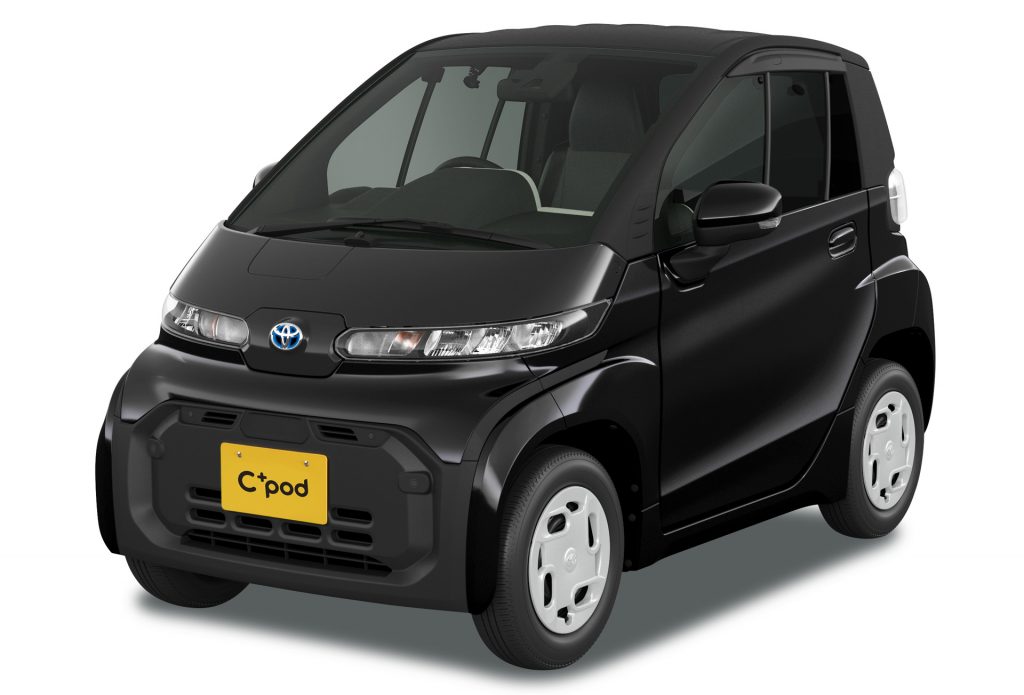
Main Specifications
| Grade | G | X | |||
| Vehicle category (Road Transport Vehicle Act) | Minivehicle | Ultra-compact mobility (type approval) | |||
| Length x Width x Height | (mm) | 2,490 x 1,290 x 1,550 | |||
| Wheelbase | (mm) | 1,780 | |||
| Track | (mm) | Fr: 1,105 / Rr: 1,095 | |||
| Minimum ground clearance | (mm) | 145 | |||
| Vehicle weight | (kg) | 690 | 670 | ||
| Minimum turning radius | (m) | 3.9 | |||
| Capacity | (seats) | 2 | |||
| Motor | Type | 1RM (Permanent magnet electric motor) | |||
| Rated output | (kW) | 2.6 | |||
| Maximum output | (kW) | 9.2 | |||
| Maximum torque | (N·m) | 56 | |||
| Main drive battery | Type | Lithium-ion battery | |||
| Capacity | (Ah) | 51 | |||
| Total voltage | (V) | 177.6 | |||
| Total power | (kWh) | 9.06 | |||
| Range on single charge | WLTC mode, Class 1 test cycle | (km) | 150 | ||
| AC electric power consumption rate | WLTC mode, Class 1 test cycle | (Wh/km) | 54 | ||
| Charging time | Standard charge | Single phase, 200V/16A | Approx. 5 hours (Fully charged) | ||
| Single phase, 100V/6A | Approx. 16 hours (Fully charged) | ||||
| Maximum speed | (km/h) | 60 | |||
| Suspension | Fr: Strut coil spring suspension with stabilizer
Rr: Torsion beam type coil spring suspension |
||||
| Brakes | Fr: Disc brakes
Rr: Leading/trailing shoe type drum brakes |
||||
| Tire size | 155/70R13 75S | ||||



